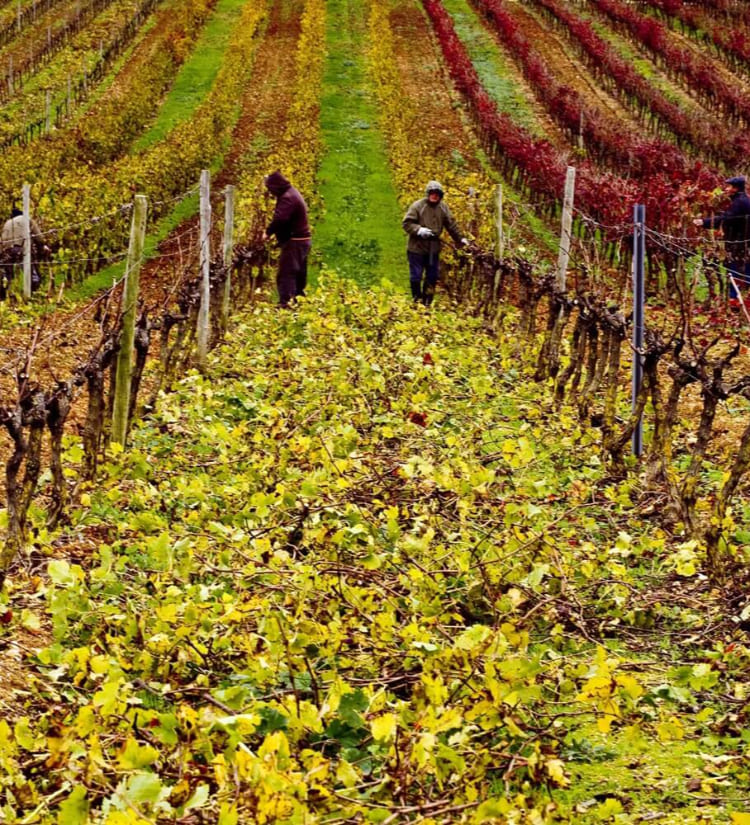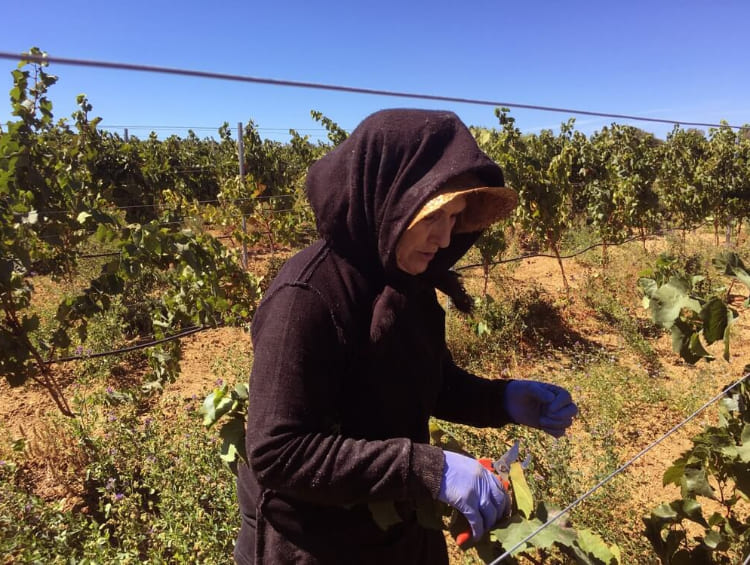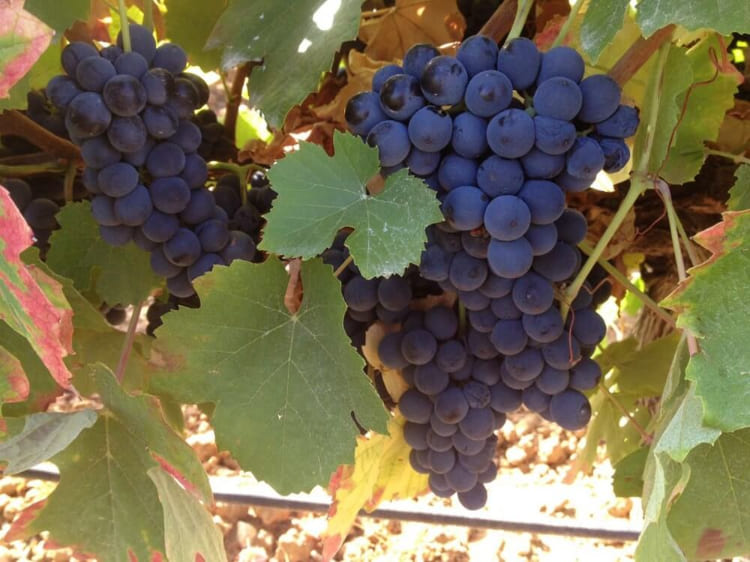72 HECTARES
Because they reflect deep knowledge and experience cumulated over many generations, our wines are crafted with great care. From vine to bottle and throughout the winemaking procedures, all our efforts are aimed at achieving wines of quality and exception all while respecting place and environment.
With Quinta da Lapa being the ideal berth for terroir wines, our first and foremost care is placed on the vineyard, all 72 hectares of it.
Our vineyards are divided into plots and grape varietals. Plots are established in order to benefit from the best sun exposure and achieve perfect berry ripening. As a result of the nearly constant breeze that sweeps through the estate’s rolling hills, we are able to sustain healthy, clean and aerated vines all year round.
Division into plots and by varietal allows for parceled harvesting of grapes at optimum ripening thresholds. Just a few minutes after being harvested the grapes arrive in a modern winery equipped with state of the art technology where they are sorted and the vinification process starts.
Some wines age in barrels, either as varietal lots or as blends. We work with 225 liter barrels of both French and American oak, new or of use, according to the “condiment” with which to impart each wine. Always maintaining the premise never to hinder the wine’s original flavor and complexity.
After bottling our red wines age further for periods that range from 4 months to 4 years before they are put on the market and consumed.





